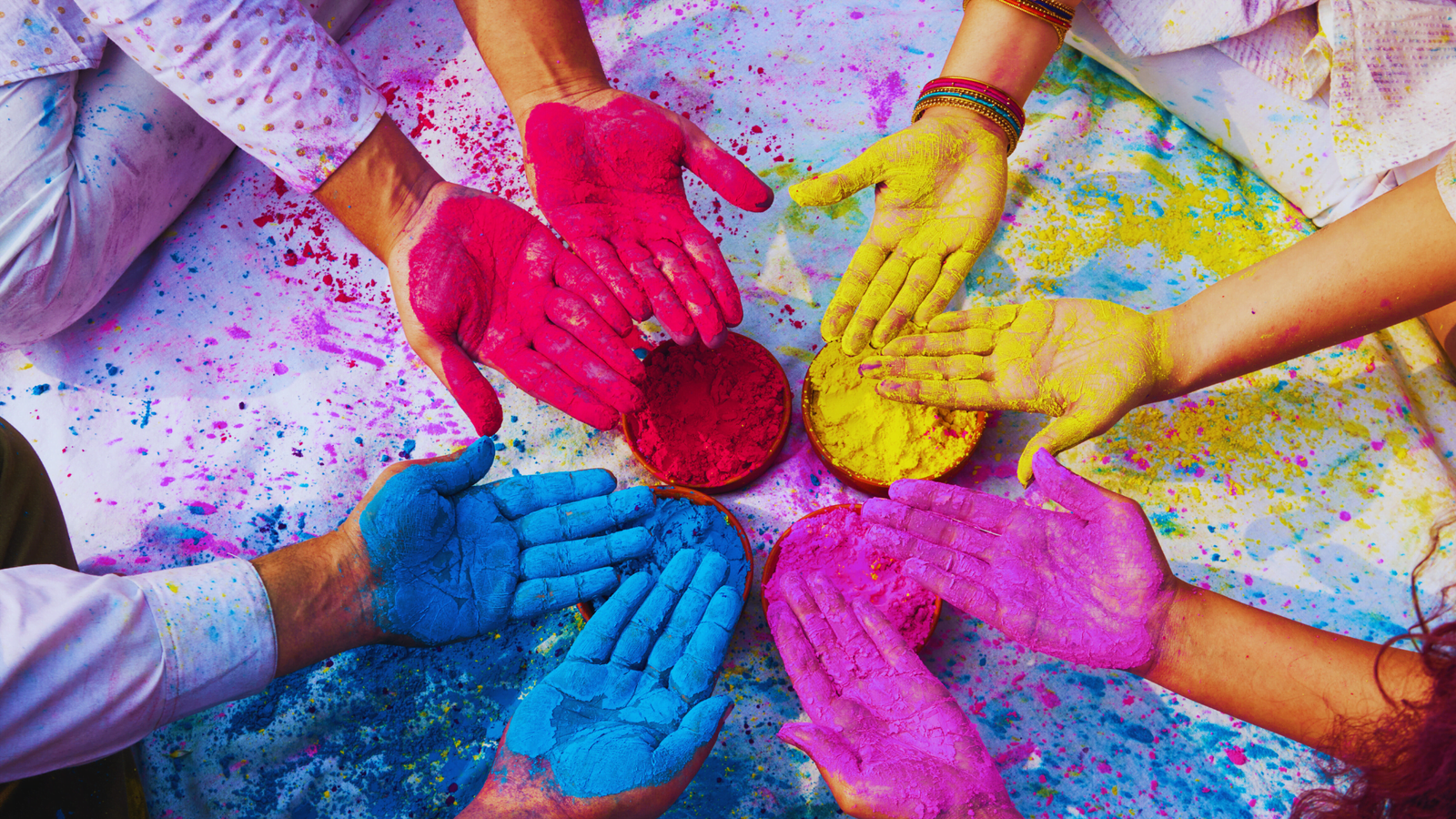Today, we’re going on a fascinating journey to unravel the unique world of the Bedia community in India. This vibrant group, often overlooked in mainstream discussions, holds a rich history and cultural tapestry that’s both intriguing and heartwarming.
A Glimpse into the Bedia Community’s Origins
Let’s kick things off by delving into the roots of the Bedia community. Legend has it that the Bedia people trace their ancestry back to Mohdipahar, where a union between a Vedbansi prince and a Munda girl supposedly gave rise to their lineage. Another viewpoint suggests that a segment of the Kudmis, considered outcastes, eventually became known as the Bedia or Wandering Kudmis.

Unveiling the Etymology: What’s in a Name?
The term “Bedia” finds its origins in the Hindi word “behara,” which translates to “forest dweller.” This nomadic tribe was once classified under the Criminal Tribes Act, according to early British scholars. Interestingly, they were believed to share ancestry with the illustrious Rajputs but faced a decline in status after encounters with the Mughals.
The Bedia’s Domain: Where Are They Found?
Fast forward to the present day, and you’ll find the Bedia community predominantly in districts such as Bahraich, Barabanki, Basti, Agra, Faizabad, Gonda, and Kanpur. While some have transitioned to settled agricultural life, many remain as sharecroppers and laborers in these regions.
Present-Day Life of the Bedia Community

Let’s paint a picture of what life looks like today for the Bedia people. Those who’ve settled in West Bengal are known as the Bedia Kudmi, Choto Kudmi, or San Kudmi. Linguistically, they speak Kurmali at home and use Bengali for broader communication, utilizing both Bengali and Devanagari scripts.
A Community Divided: Exploring Bedia’s Subgroups
Within the Bedia community, we find three distinct territorial groupings: Nathotiya, Jogiara, and Gangaparia, each maintaining strict endogamy. Notably, there’s a split between those who continue traditional “bad works” and those who’ve transitioned to agricultural life.
Navigating Social Structures: Biradari Panchayats and Mahatos
In the heart of Bedia settlements lie biradari panchayats, acting as formal caste councils to resolve intra-community disputes. These councils, headed by a Mahato, hold considerable influence. With a history entangled with the Criminal Tribes Act, the Bedia community underwent denotification in 1952 after India gained independence.
The Bedia Community’s Historical Footprint

Unveiling the Mysterious Origins: The Tale of Mahoodigarh
Now, let’s delve into the intriguing historical narratives of the Bedia community. Legends suggest that Mahoodigarh, near the village of Badka in Hazaribagh, might hold clues to their past. This region, with its caves and ancient structures, hints at a bygone era when Bedia might have flourished in these lands.
Echoes of Tradition: Stories and Speculations
Stories abound in Bedia society, weaving tales of ancient ‘Vedas’ and encounters with other tribes. One intriguing legend suggests that the name “Bedia” itself emerged from a dramatic encounter involving Birhor tribes and a misunderstood exclamation, “Ve-dia hai!” These narratives, while colorful, often lack concrete historical backing.
A Peek into Bedia’s Daily Life and Customs
Anatomy and Domicile: The Bedia Way of Living
When it comes to physical attributes, Bedia individuals typically have dark complexions with vertical noses and normal lips. Their lifestyle is intertwined with forests and rivers, with settlements nestled in mountainous and forested terrains of Ranchi, Hazaribagh, and Bokaro districts.
Life’s Essentials: Tools, Utensils, and Modern Influences
In their households, you’ll find an array of tools for farming, including plows and sickles. Traditional cooking methods using fenugreek stoves still prevail, but modern influences have brought changes like ceramic and steel utensils into their kitchens.
Economic Landscape and Culinary Delights of the Bedia Community
Sowing the Seeds: Bedia’s Agricultural Roots
Agriculture forms the economic backbone of the Bedia community, with a focus on crops like paddy and corn. They also engage in gathering wild materials and earning wages from various activities. Notably, their diet revolves around rice, corn, and local produce, with an occasional indulgence in meat.
From Forests to Market: A Diverse Livelihood
Venturing beyond agriculture, some Bedia individuals engage in trade and small businesses. Weaving through the tapestry of their lives, we discover a community deeply connected to the land and its offerings.
The Social Fabric of Bedia Society: Family, Clans, and Traditions
Family Ties and Traditions: Patriarchy and Inheritance
In Bedia society, families operate on patriarchal structures, with sons typically inheriting property. However, there’s a nuanced system where daughters might receive shares under certain circumstances. Marriage is a significant affair, and the community holds deep respect for elders and ancestral traditions.
Gons and Tribes: Exploring Bedia’s Clan System
Within the Bedia community, clans like Chidra (squirrel) and Mahua (tree) hold significance. These clans, intertwined with notions of totems and respect for nature, shape social relations and marriage customs.
Life’s Sacred Cycles: Ceremonies and Traditions
Sacraments and Celebrations: Marking Life’s Milestones
From birth to death, the Bedia community marks life’s passages with sacred ceremonies. These rituals, deeply rooted in tradition, offer a glimpse into their spiritual beliefs and cultural practices.
Legacy and Future: Preserving Bedia’s Rich Heritage
As we conclude our exploration, it’s clear that the Bedia community’s story is a tapestry woven with resilience, tradition, and a deep connection to the land. Despite challenges, their vibrant culture continues to thrive, offering a window into India’s diverse and multifaceted heritage.
FAQs
1. What does the term “Bedia” mean?
“Bedia” originates from the Hindi word “behara,” signifying a forest dweller.
2. Where are the Bedia people primarily found?
The Bedia community is predominantly located in districts such as Bahraich, Barabanki, Basti, Agra, Faizabad, Gonda, and Kanpur.
3. What is the significance of biradari panchayats in Bedia society?
Biradari panchayats serve as formal caste councils within Bedia settlements, playing a crucial role in resolving intra-community disputes.
4. What are some common traits of Bedia individuals in terms of anatomy?
Bedia individuals typically have dark complexions, vertical noses, and














